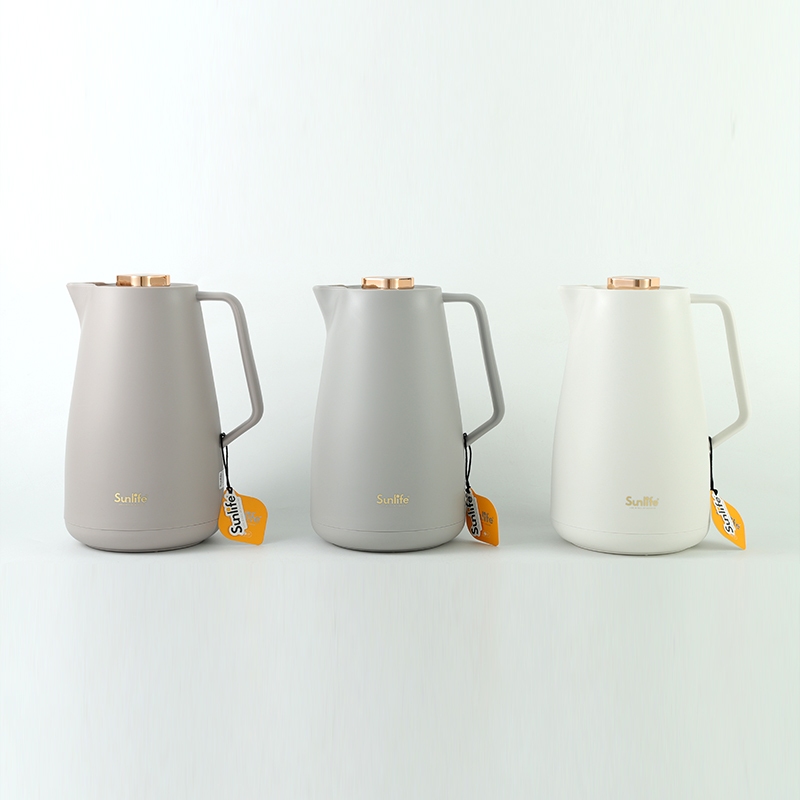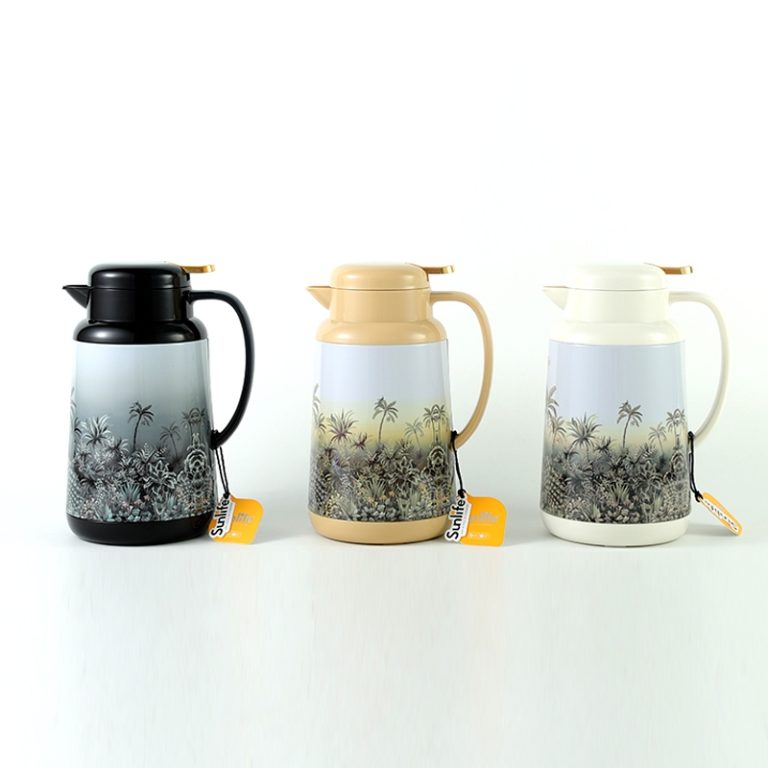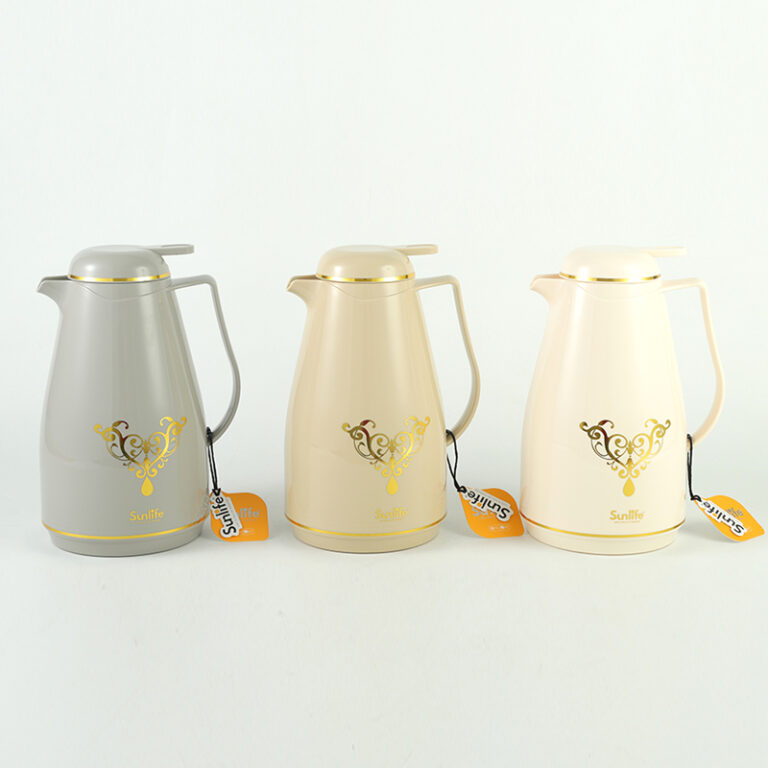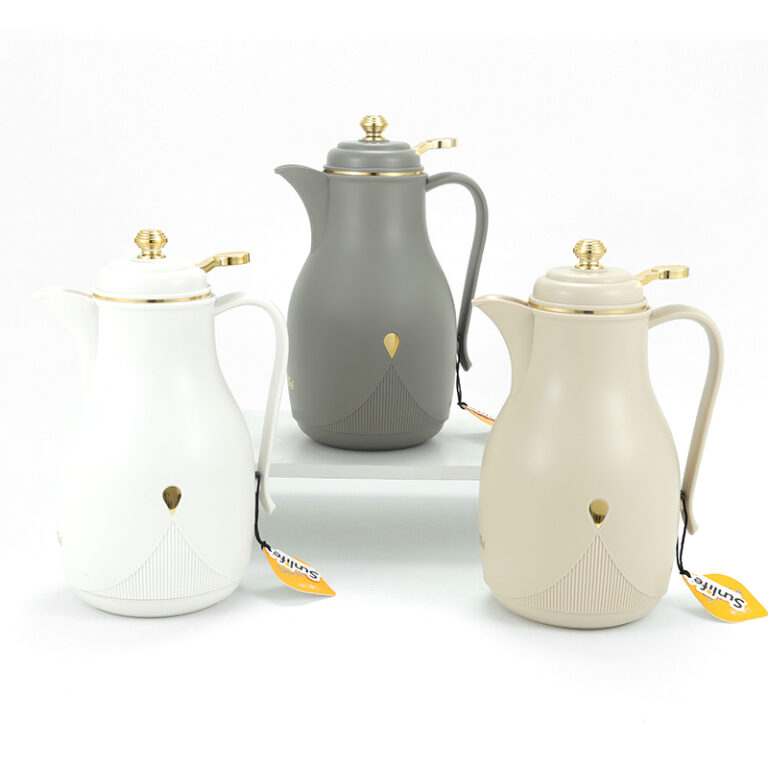Picture this. It’s a crisp Saturday morning. You’re racing through the kitchen. Kids tug at your sleeve. They demand pancakes. You reach for the coffee pot on the counter. But it slips from your soapy hands. It crashes to the floor. Glass shards scatter everywhere. That’s not the start you wanted.
Now imagine the same scene. But this time, it’s a plastic body coffee pot. It bounces. It stays intact. And your brew is still steaming when you pour that first cup. Moments like these show why everyday folks are switching. Busy parents do it. Weekend campers do it too. They pick plastic options without a second thought.
Coffee pots aren’t just tools. They’re part of the ritual. That first sip sets the tone for the day. But in a world of heavy glass carafes and finicky stainless steel, plastic body models stand out. They offer no-fuss reliability. If you’ve ever wondered why choose a plastic coffee pot, stick around. We’ll unpack five lesser-known perks. They go beyond the obvious. And they’re backed by real-world use. Plus, a bit of industry insight might just tip the scales for your next kitchen upgrade.
The Everyday Appeal of Plastic Coffee Pots
Before we dive into the benefits, let’s level-set. Plastic body coffee pots typically feature a durable outer shell. It’s made from high-grade, food-safe polypropylene or similar materials. Inside, many pair with a borosilicate glass liner. That setup gives pure flavor transfer. Think of the Daydays series. It has a 1.0L capacity and customizable patterns. They’re not flimsy toys. No, these are engineered for homes where life happens fast.
A quick stat from the National Kitchenware Association’s 2024 report helps here. Households using plastic-bodied pots report 15% fewer breakage incidents over a year. That’s compared to glass-only versions. It’s not hype. It’s from surveys of over 5,000 U.S. kitchens. So, if durability sounds like a win already, wait. The rest is even better.
Benefit 1: Unmatched Portability Without the Weight
Ever hauled a full coffee pot across a campsite? Or up a flight of stairs? Glass ones feel like bricks after a pour. Plastic changes the game. It does this right away. Weighing in at just 0.5 to 1 pound empty, these pots let you move freely. That’s versus 2 pounds for comparable glass models.
Take Sarah, a freelance graphic designer from Seattle. She swears by her lightweight plastic thermos kettle. It’s for her daily commute. “I clip it to my bike bag,” she says. And that means no more spills. No shoulder strain either. In the bigger picture, this portability shines in certain spots. Think tailgating. Or office potlucks. The material’s flexibility absorbs minor bumps. So, contents stay secure. Industry pros note something key. Plastic’s low density—around 0.9 g/cm³—makes it ideal. It’s for on-the-go lifestyles. And user feedback shows it cuts transport hassles by half.
Short trips can turn epic. Your gear doesn’t fight you anymore. That’s the quiet power of choosing a plastic coffee pot for mobility.
Benefit 2: Budget-Friendly Without Skimping on Quality
Let’s talk dollars. A solid glass coffee pot might set you back $40 to $60. Plastic counterparts land in the $20-30 sweet spot. Often half that price. But it’s not just the sticker price. Think about long-term savings too. Fewer replacements mean less waste. And more cash in your pocket.
Consider the math. If a pot breaks every six months, that’s a common gripe in drop-prone homes. You’re looking at $80 yearly on glass. Switch to plastic, and it drops to $20-30. That’s per data from Consumer Reports’ 2023 durability tests. These pots hold up through 500+ cycles. That’s brewing and cleaning. It comes from reinforced hinges and seals.
Yet quality doesn’t bend. Features like double-wall insulation show up in models with Arabian-inspired designs. They keep coffee hot for 6-8 hours. And that rivals pricier options. For families or small businesses, this affordability scales up. So, bulk buys become a no-brainer.
Benefit 3: Built to Last in Rough-and-Tumble Kitchens
Kitchens are battlegrounds. Hot pads slip. Counters get crowded. And accidents wait for no one. Enter plastic’s superpower. It’s impact resistance. Unlike brittle glass, which shatters on a 3-foot drop 70% of the time, food-grade plastic handles more. Per ASTM impact standards, it withstands falls from twice that height.
We’ve seen it in action at trade shows. Pros drop prototypes from tabletops. They do it to demo resilience. One rep shared a story. It was about a café owner. Her plastic pot survived a dishwasher mishap. That would’ve totaled glass. The result? Zero downtime. Full service kept going.
Deeper dive: These pots often use BPA-free polymers. They have UV stabilizers too. So, they resist cracks from temperature swings—up to 140°F. Over five years, that’s thousands of safe brews. For parents or pet owners, this means peace of mind. No sweeping up shards mid-morning rush.
Here’s a bullet-point breakdown of toughness factors:
- Impact Absorption: It flexes on contact. That disperses force.
- Thermal Stability: Handles boil-to-pour without warping.
- Chemical Resistance: Stands up to vinegar descales. Or mild detergents.
In short, when life gets clumsy, plastic pots just keep pouring.
Benefit 4: Endless Customization for Your Brew Style
One size fits all? Not in coffee. Plastic body pots open doors to personalization. Glass can’t touch that. Etch patterns. Add vibrant colors. Even ergonomic grips tailored to your hand. These aren’t afterthoughts. They’re factory-fresh options.
Look at the customizable thermos kettles. They come in 1.0L sizes. With pink brewing accents or Arabian motifs. Users mix and match. So, a basic pot turns into a conversation starter. A 2024 Etsy trend report showed something. Personalized kitchenware sales are up 25%. It’s driven by folks craving that “just for me” feel.
Why does this matter? It fits your vibe. Morning meditator? Go for a sleek, matte finish. Party host? Choose bold with geometric prints. Manufacturing tweaks help here. Like injection-molded bodies. They allow runs as small as 500 units. And that keeps costs low for unique runs.
This flexibility isn’t fluff. It boosts daily joy. So, that ritual feels fresh every time.
| Customization Option | Benefit | Example Use Case |
| Pattern Engraving | Adds personal flair without fading | Daily home brewer showcasing family crests |
| Color Variations | Matches kitchen aesthetics | Café owners syncing with decor themes |
| Grip Modifications | Improves handling comfort | Elderly users reducing strain during pours |
| Capacity Tweaks | Fits exact serving needs | Small households scaling down from 1.5L |
Benefit 5: Simpler Cleaning and Eco-Smart Habits
Spilled grounds? Sticky residue? Glass pots demand elbow grease. You scrub nooks that trap oils. Plastic? It’s a quick rinse under the tap. And it’s good to go. Non-porous surfaces mean bacteria have nowhere to hide. Dishwasher-safe models clear 99% of residues in one cycle. That’s per USDA cleaning guidelines.
But here’s the hidden gem. It’s sustainability. Recyclable plastics reduce landfill contributions by 30% over glass. Per EPA lifecycle analyses. Many brands design for easy part swaps. Including those with glass-refill inners. That extends life. And cuts waste.
Real talk from a barista in Austin. “My plastic pot’s liner popped out for a deep clean. It was after 200 shifts. Saved me hours.” For eco-conscious sippers, this ease fosters habits. Like reusable filters. It trims single-use pod waste.
It’s practical green. Less water. Less time. More earth-friendly sips.
Discovering WeiLai: Your Go-To for Plastic Body Coffee Pots
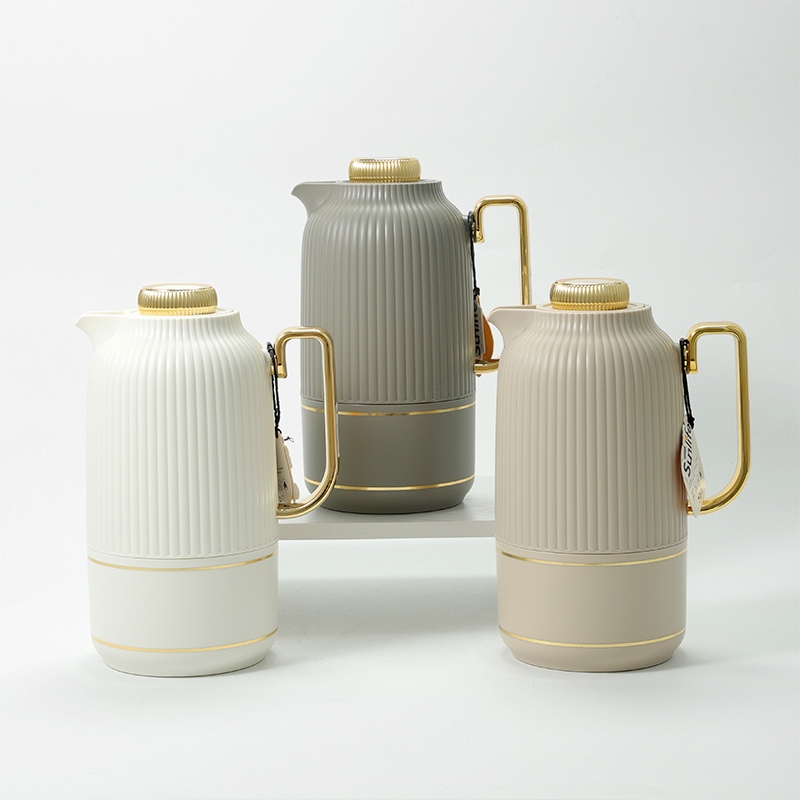
Nestled in Yongkang, China—the “Hardware Capital of the World”—WeiLai (Yongkang Weimai Industry & Trade Co., Ltd.) has been crafting innovative kitchen essentials since 2010. Specializing in plastic body coffee pots, they blend ODM and OEM expertise to deliver thermos kettles that marry style and function. From 1.0L Arabian-inspired designs with customizable patterns to pink-hued brewing accents and borosilicate glass refills, WeiLai’s lineup emphasizes safety (BPA-free materials), durability (impact-tested to 5-foot drops), and versatility for global markets. With a 10,000-square-meter facility and ISO 9001 certification, they handle everything from concept sketches to shipment, ensuring every pot pours perfection. Whether you’re a retailer stocking shelves or a home brewer seeking that ideal match, WeiLai turns everyday brewing into something reliable and refined.
Wrapping It Up: Brew Smarter, Not Harder
There you have it. Five reasons why choosing a plastic coffee pot might redefine your mornings. From featherlight portability to eco-savvy cleaning, these aren’t gimmicks. They’re game-changers. Rooted in how real people live. Next time you’re eyeing that shelf at the store, remember this. The right pot doesn’t just hold coffee. It holds up to your world. Ready to make the switch? Your next great cup awaits.
Frequently Asked Questions
Why choose a plastic coffee pot over glass for daily use?
Plastic body coffee pots excel in households where drops and dashes are routine. Their impact resistance cuts breakage risks by up to 70%. So, your brew routine stays uninterrupted. It’s perfect if you’re juggling kids or commutes.
Are plastic coffee pots safe for hot beverages?
Absolutely. High-quality models use FDA-approved, BPA-free plastics. They withstand temperatures up to 140°F without leaching. Paired with glass liners, they deliver flavor purity. And they prioritize safety for every pour.
How long does coffee stay hot in a plastic thermos kettle?
Most plastic body designs maintain heat for 6-8 hours. Like 1.0L customizable options. That’s thanks to double-wall insulation. And it’s ample time for slow sippers. Or second-shift workers.
Can I customize a plastic coffee pot to match my style?
Yes. Many suppliers offer pattern engraving. Color tweaks too. And grip adjustments. It’s a straightforward way to why choose a plastic coffee pot that feels uniquely yours. From Arabian motifs to subtle pastels.
What’s the best way to clean a plastic coffee pot?
Rinse with warm soapy water post-brew. Or toss it in the dishwasher for thorough results. Avoid abrasives to preserve the finish. That way, it stays as fresh as your first cup.


